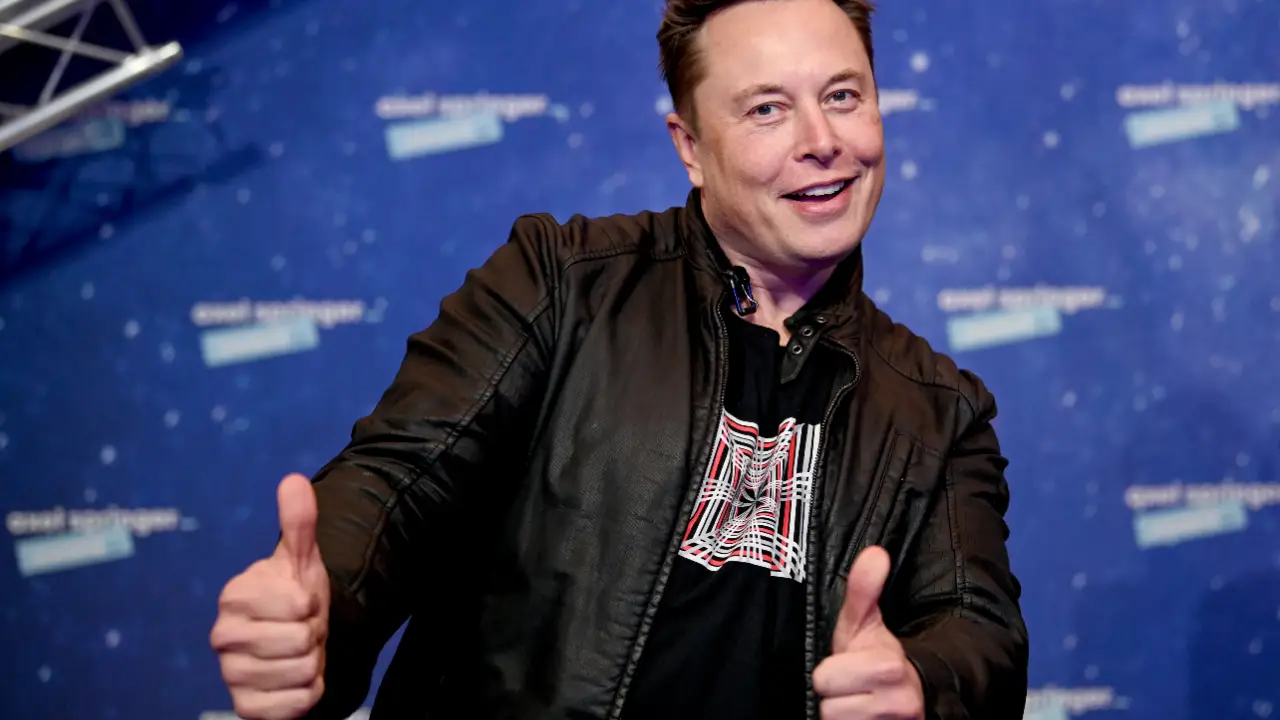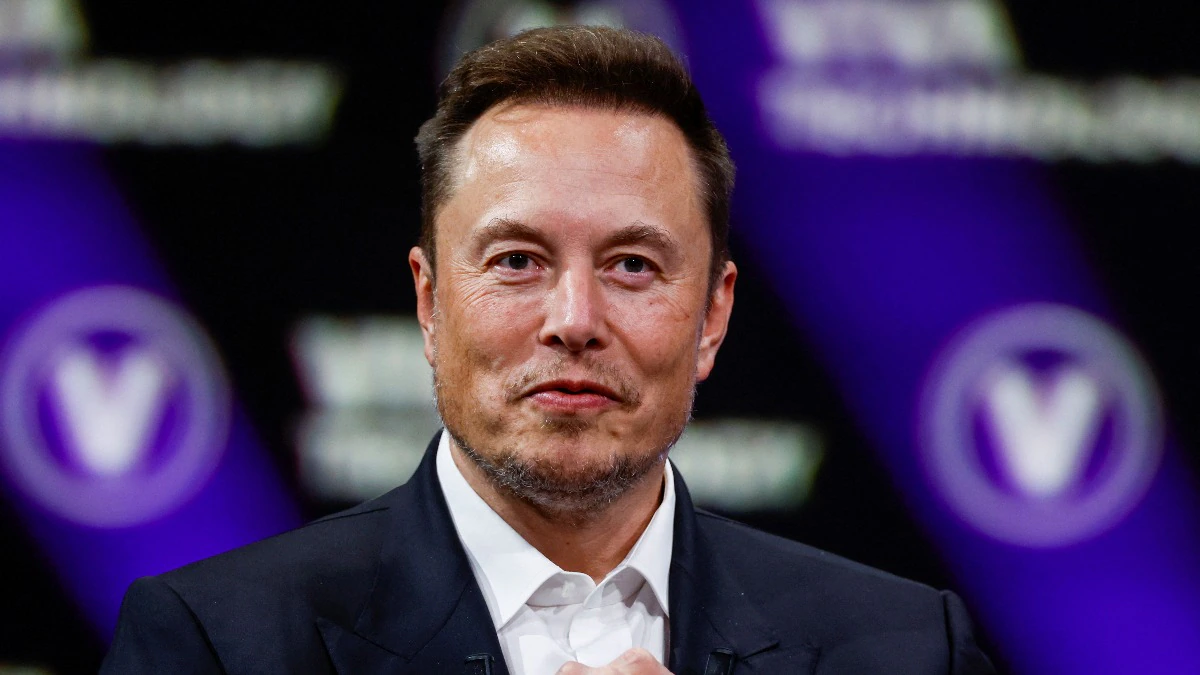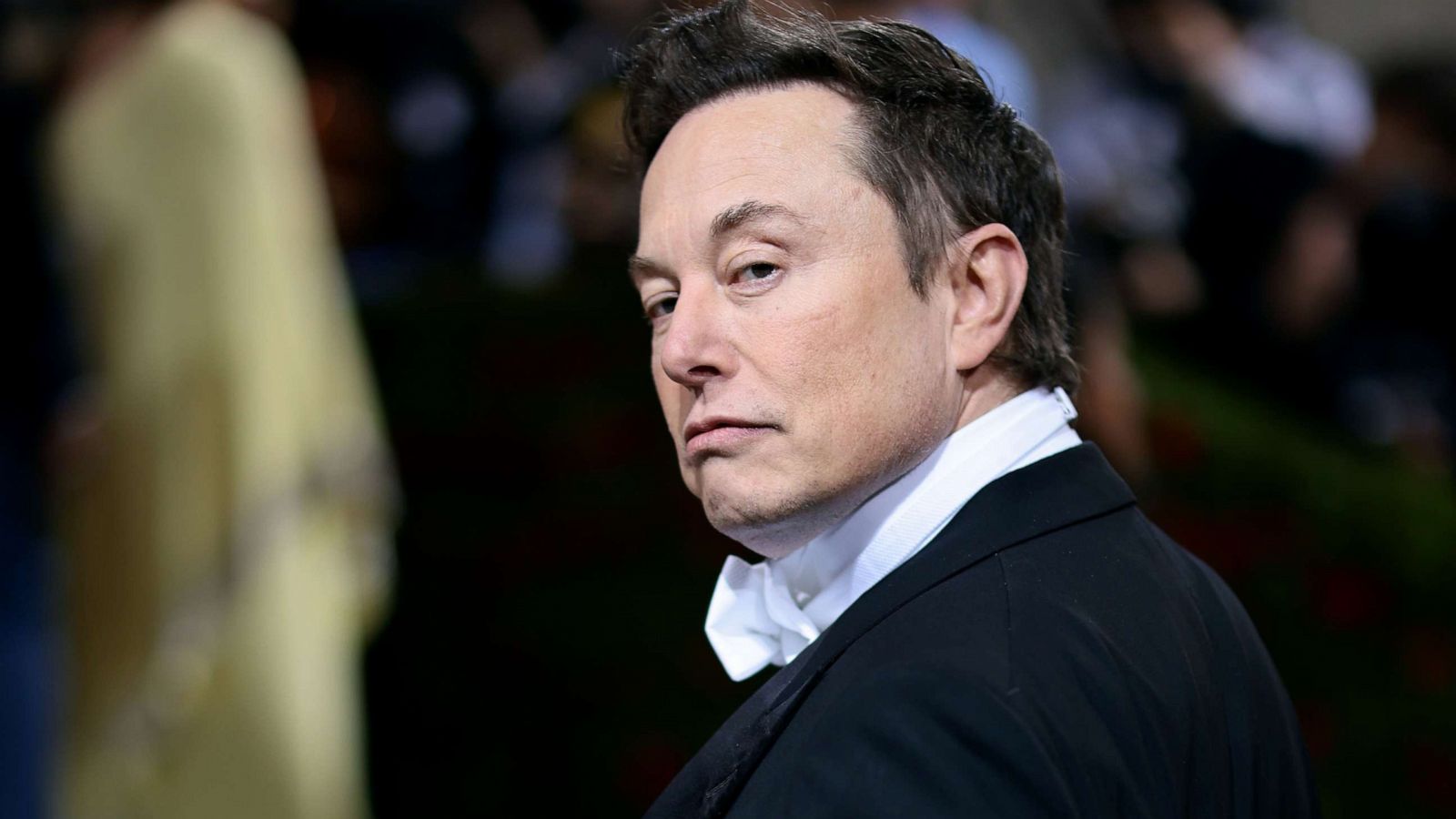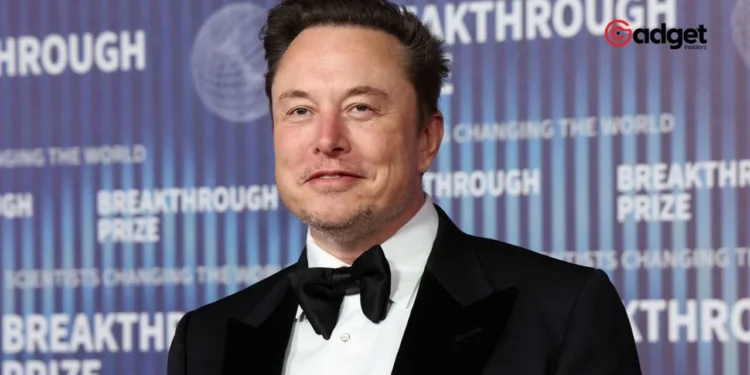Tesla, the renowned electric vehicle manufacturer, has recently made headlines not just for its innovative technology but also for a dramatic reduction in its workforce and strategic realignment towards futuristic technologies like autonomous driving and robotics.

Tesla Slashes Job Openings Dramatically
In a surprising move, Tesla has reduced its open job positions in North America from a staggering 3,400 to just three. This drastic cut reflects a broader strategy adjustment and cost management effort spearheaded by CEO Elon Musk. According to reports, the remaining positions are all internships located in Tesla’s major factory hubs in Texas, Fremont, California, and Sparks, Nevada.
These positions are part of a “manufacturing development program” where participants undergo a rigorous 4-6 week training in Advanced Manufacturing, followed by practical experience at the Gigafactory in Nevada, culminating in a Production Operator Certification after 2000 hours of on-the-job training. This move indicates a shift in Tesla’s recruitment strategy, focusing more on specialized training and internal development rather than mass hiring.

A Harsh Wave of Layoffs and Executive Departures
The job cutbacks are part of a broader layoff wave that has been described by Musk as “hardcore.” In April, Tesla announced it would be reducing its workforce by more than 10%, which translates to over 14,000 employees, based on its current workforce of 140,000. Insiders expect the number of layoffs could rise beyond 20,000. The layoffs have touched various departments, including the recently disbanded EV charging team and the software, service, and engineering departments.
Message from Jared Taylor
Why won't @ElonMusk unban this man? @JarTaylor pic.twitter.com/vG69dw8grU
— National Conservative (@NatCon2022) May 10, 2024
The company has also seen a significant turnover in its executive team, with high-profile departures such as Drew Baglino, Rohan Patel, Rebecca Tinucci, and Daniel Ho. These changes come amidst company facing dropping sales and an intense price war in the automotive industry, further complicated by high interest rates slowing EV adoption.
Strategic Focus on Advanced Technologies
Despite these challenges, Tesla is not slowing down on its innovative ambitions. The company is increasingly focusing on developing its autonomous driving software and robotaxis, as well as advancing its humanoid robot project, Optimus. These areas are likely where the company sees its future growth and competitive edge, especially as the automotive industry evolves towards more autonomous and integrated technological solutions.

Tesla’s strategic pivot appears to be a calculated move to streamline its operations and allocate resources towards areas with the highest potential for future growth and profitability. However, the impact of these changes on its workforce and corporate culture raises questions about the balance between innovation and the human cost of relentless pursuit of technological advancement.
As company navigates these significant transitions, the automotive and tech industries will be watching closely to see how these strategies will affect the broader market dynamics and Tesla’s position as a leader in electric vehicles and technological innovation.










